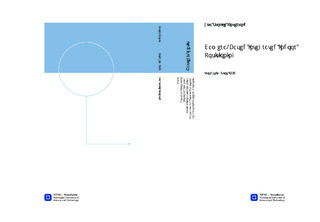| dc.description.abstract | This thesis is motivated by the use of unmanned aerial vehicles for obtaining measurements of the scene in a system for estimation of ice properties. Such systems are needed to ensure safety when conducting marine operations in Arctic seas. As a possible testbed for UAV guidance and estimation algorithms, the use of the Parrot AR.Drone 2.0 quadcopter has been proposed. As a consequence, a positioning algorithm for the UAV is necessary, which is the topic of this thesis.The aim of this thesis is to implement a positioning algorithm applicable to the proposed lab setup. As a consequence, challenges such as the time aspect as well as measurement loss and receiving outlier measurements for unknown periods of time are directed. A camera-based positioning system serves as the main measurement source in this thesis. The system delivers position and orientation measurements based on marker tracking through the use of cameras placed along the ceiling in a lab setup. The measurements are subsequently used by two implemented positioning algorithms. The Camera Measurement Algorithm uses measurements from the camera system to estimate the position, orientation, linear and angular velocities of the Parrot AR.Drone 2.0, while the Integrated Camera System/INS Algorithm additionally exploits inertial measurements from the UAV to estimate its position, orientation and linear velocity as well as inertial sensor biases. The algorithms both utilize extended Kalman filters to perform state estimation, while the integrated algorithm also makes use of the sensor fusion feature of the state estimator. Both algorithms are tested online in the lab setup, and their applicabilities are, to some extent, validated. That is, no ground truths are available in the online tests, and simulations are performed to validate the accuracies of the state estimates. The algorithms have not yet been used as part of a larger motion control system, and their performances cannot be completely verified. With the goal of this thesis in mind, the Camera Measurement Algorithm obtained the best results. However, further development of the Integrated Camera System/INS Algorithm may lead to a different conclusion. | nb_NO |

